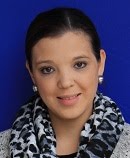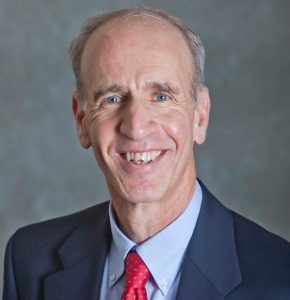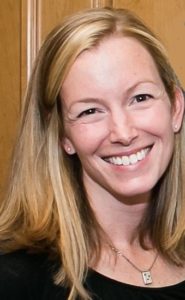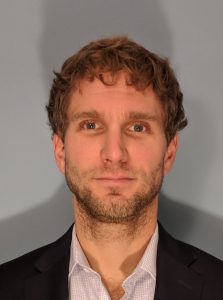These past weeks I have been thinking about how Computer Science education and the way to teach it has evolved. I have been a teacher for about 19 years now, and most of the time my students make the most interesting questions that get me thinking and researching about certain topics. That is how this blog was conceived. I am currently teaching my 9th graders how to work with BBC Microbits. (By the way, Microbits are awesome!) To introduce them I start giving them instructions that are very detailed about how the Microbits work and to get acquainted with the Make Code interface. When I say detailed, it is very detailed. I give them a step by step guide including screenshots of where to find the necessary blocks, how to save, download the program and upload it to the Microbit. How to use the Microbit simulator included in the Make code interface. Once we do several projects in which we learn how to make the Microbit sing, how to work with the LED screen and how to connect alligator clips, I assign a project in which they have to come up with a character and incorporate the Microbit as part of it adding at least 2 actions with it. That’s when it all goes south!!!!
Many kids seem lost. It’s like they have never used a Microbit before. That got me thinking. When I started learning programming, I learned using Pascal with a green and black screen and all programming was text based. It was hard!!! But I also remember a professor telling us that if we learn the hard way then after any programming language should not be as hard to learn as we had the base and logic to programming. At the time I really hated that comment as any student would’ve but today as a teacher I wonder if I am up to something here. Am I, as a teacher, allowing my students to really think on their own? To really grasp the logic of creating a program. Or are they just little robots following my instructions?
I decided to analyze the progression of my students to get to ninth grade Computer Science. Throughout their early years we want to engage them and get them to like and be interested in Computer Science and all the possibilities they have with it. As we introduce them to all the wonderful things that we can achieve with Computer Science, we look for tools that are engaging and fun. Many companies have helped produce such introductory tools, which make it so easy for kids to learn that they start enjoying programming. However, they get so used to it that then the progression to more complex programming seems harder. Emphasis on “seems”. Making the transition from block programming to text programming is set by many of these tools, including the Microbit. The Microbit can be programmed using blocks, JavaScript or Python so that is covered. But there is an element that only teachers can do and it is to facilitate the transition between just giving guidelines that are so specific that it seems students are only copying a program while truncating their creativity and promoting the ability to create and discover on their own or by giving a task for them to solve on their own. I realize that although I am teaching Computational Thinking skills my kids are used to getting very specific instructions for programming. This is not bad it’s just that the transition is not as seamless as it seems. So how should the transition take place? I believe a good starting point is to be cutting on the screenshots on the instructions guide and limit them to the instructional part of the lesson, by going through the steps with them and let them take their own notes. Then when a project is assigned, they can take a look back at their notes as a reference. Another tip is to include videos as additional help but getting away from giving too detailed step by step instructions starting in the Middle School area so that when presented with these kinds of projects in High School, they have a base on how to solve them. Let the instructions be a guide and not a solved problem for them to copy.

Michelle Lagos
Representative at Large





 Yvonne Thomas
Yvonne Thomas